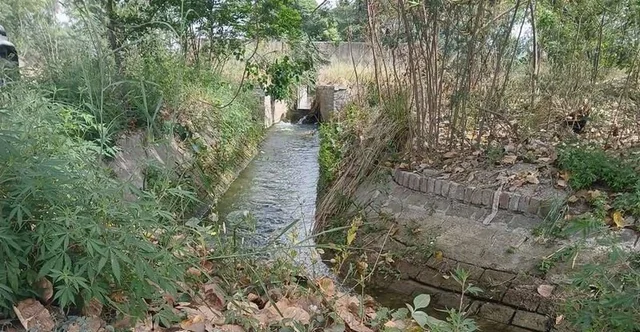Chandigarh, June 9 — In a move aimed at easing groundwater stress and supporting sustainable agriculture, Punjab’s Irrigation Department has projected a substantial increase in canal water supply during the ongoing paddy transplantation season, raising the average daily flow from 26,000 cusecs to 36,000 cusecs.
A senior department official stated that the additional 10,000 cusecs would reduce groundwater dependence by saving extraction from nearly 1.25 lakh tubewells. Of Punjab’s total 42 lakh hectares of agricultural land, 31.38 lakh hectares are currently irrigated by canals. To cover the rest, the department is implementing new canals and lift irrigation schemes.
Farmers in historically underserved areas such as Abohar and Fazilka have welcomed the increased flow, noting water has reached canal tail ends for the first time in years. “This is a positive shift,” said a farmer in Fazilka. “Earlier, our fields remained dry even when the head reaches overflowed.”
However, skepticism persists. Balbir Singh Rajewal, president of Bhartiya Kisan Union (Rajewal), questioned the department’s claims, pointing to patchy project completion. “Yes, water has reached some tail-end villages, but execution has been shoddy. Work is incomplete at several locations, and many canals are still not flowing,” he told reporters.
Principal Secretary (Water Resources) Krishan Kumar defended the department’s progress, attributing the improvement to the revival of over 17,000 canal water courses—some unused for 30 to 40 years—over the last two years. “This has been a phased effort. We prioritized problem zones where water failed to reach,” he said. He also confirmed that the government had added 1,140 km of new water channels branching from the main canal system.
While these developments mark progress, the department admitted key gaps in infrastructure and data systems. Real-time monitoring of water usage and irrigation efficiency is currently unavailable due to the lack of a digital platform. To address this, officials said they are working on GIS-based software to digitise the traditional Chakbandi and Warabandi systems, which allocate water to farmers.
Modernisation efforts also include the motorisation of canal gates, many of which still rely on century-old manual systems. Custom engineering solutions are now being implemented to automate these components for better efficiency and control.
As the state gears up for another intensive paddy season, the success of this expanded canal irrigation plan could set a precedent in balancing agricultural demand with environmental responsibility. However, effective implementation and sustained oversight remain critical for long-term impact.

